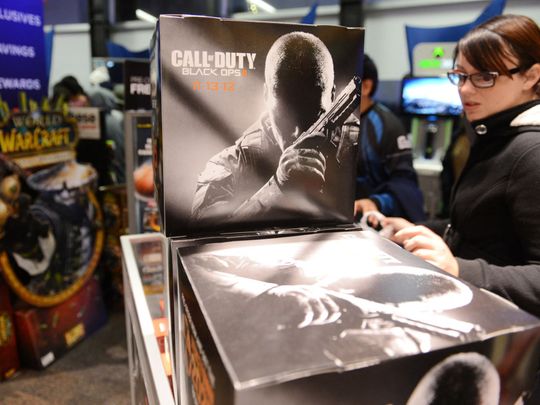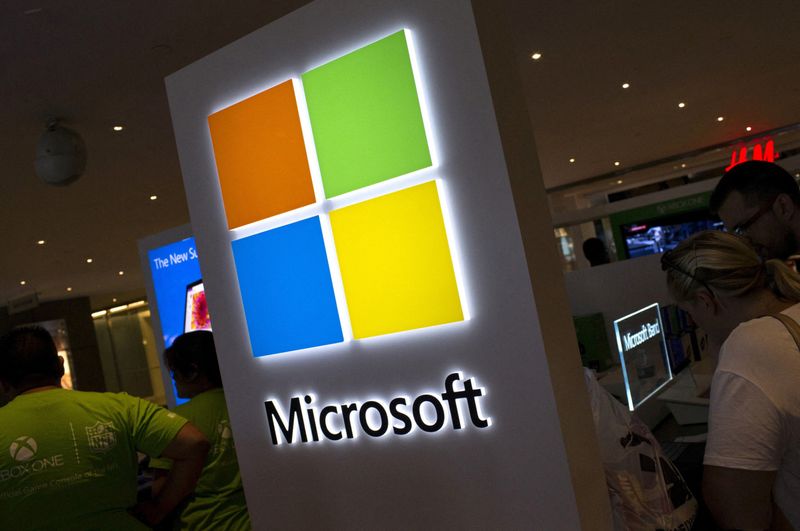
California: After two years co-piloting the biggest acquisition in video game history past an onslaught of challenges, Xbox CEO Phil Spencer now moves on to his next quest: making Microsoft’s takeover of Activision Blizzard worth the hassle.
Microsoft, which owns the Xbox gaming system, closed its $69 billion deal to buy game-maker Activision Blizzard on Friday after fending off global opposition from antitrust regulators and rivals.
It marks a career-defining moment for Spencer, who first joined Microsoft as an intern in 1988 and has helmed Xbox since 2014. After years of lagging behind rival Sony’s PlayStation, acquiring Activision’s collection of popular game titles gives Microsoft a rare chance to catch up.
His job (Xbox CEO Phil Spencer's) really just starts today. All he’s been doing is preparing for today where he actually gets to integrate the business.
And it marks the end of an era for Activision Blizzard CEO Bobby Kotick, who’s led the Southern California maker of Call of Duty and other blockbuster franchises since 1991 after helping to buy it from bankruptcy. Kotick said he’s assisting with the transition until the end of the year.
Activision Blizzard was still reeling from worker protests, lawsuits and government investigations over allegations of workplace harassment against women and unequal pay when Microsoft privately reached out about buying the company in 2021.
Workplace culture commitments
When the companies announced a planned merger in January 2022, Microsoft CEO Satya Nadella made clear it would be “critical for Activision Blizzard to drive forward” on its commitments to improve its workplace culture.
That was just the start of Microsoft’s challenges in bringing home the deal. After negotiations with Spencer faltered, top rival Sony brought its concerns about losing access to the Call of Duty franchise to regulators around the world. The strongest opposition came from US antitrust enforcers who took a tougher look at big tech deals, as well as their counterparts in the UK who finally relented in approving the deal Friday only after Microsoft agreed to make concessions.
Read more:
“Microsoft didn’t have a choice. If they wanted to be long-term competitive with Sony and the PlayStation platform, they need to have a much more robust content offering,” Luria said.
But, “in retrospect, they should have read the writing on the wall in terms of the difficulty of closing the deal,” Luria said. “They needed to do the deal to stay competitive, but knowing what they know now, they might have done it differently.”
A key moment came in June, when a federal judge weighed the US Federal Trade Commission’s attempt to block the merger while it awaited further review. In an unusual move for a CEO that telegraphed the deal’s importance, Spencer spent the better part of two weeks at the defendant table of a San Francisco courtroom conferring with Microsoft’s lawyers. The judge eventually dismissed the FTC’s request.

The road ahead
Microsoft’s success in integrating Activision’s business is “not guaranteed, especially as its track record with acquisitions has been a mixed bag,” said George Jijiashvili, senior principal analyst at research and advisory firm Omdia.
$ 7.5 billion
The amount Microsoft spent last year to acquire ZeniMax Media, the parent company of video game publisher Bethesda Softworks, maker of Elder Scrolls and Fallout.Microsoft’s two key game launches this year from its Bethesda merger, Redfall and Starfield, have “been met with mixed reactions at best,” Jijiashvili said. “However, with globally popular game franchises such as Call of Duty now under its wing, the company is strategically much better positioned.”
Another challenge for Microsoft will be overcoming the workforce challenges that dogged Activision before the takeover.
As of late last year, Activision Blizzard had 13,000 employees, about 72 per cent in North America, according to a regulatory filing. Microsoft has already pledged it will stay neutral if the nearly 10,000 workers in the US and Canada seek to organise into a labour union, part of a 2022 agreement with the Communications Workers of America meant to address US political concerns about the merger’s effects.
“It’s a new day for workers at Activision Blizzard,” said CWA President Claude Cummings junior in a statement Friday.
“Over two years ago, workers at Activision Blizzard’s studios captured the country’s attention through walkouts and other protests over discrimination, sexual harassment, pay inequity, and other issues they were facing on the job,” Cummings junior said. “Their efforts to form unions were met with illegal retaliation and attempts to delay and block union elections. Now these workers are free to join our union through a fair process, without interference from management.”
In a Friday welcome email to Activision employees, Spencer said he wanted to “reiterate that we hold ourselves to a high bar in delivering the most inclusive and welcoming experiences for players, creators, and employees.”








